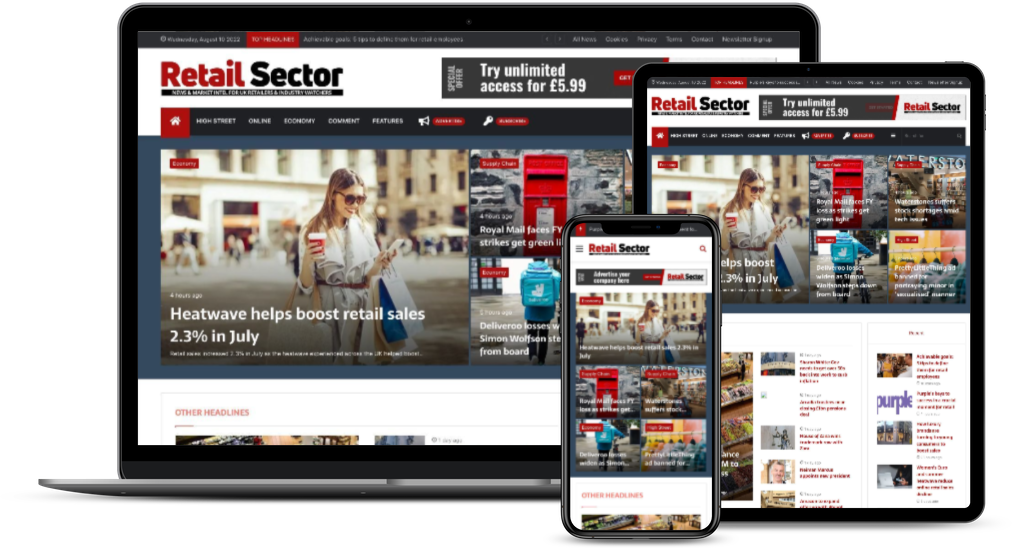Creating Retail Partnerships: A Guide to Collaborative Success

In today’s dynamic retail landscape, creating strategic partnerships is essential for growth and innovation. Collaborations with other businesses can provide fresh opportunities, reach new markets, and enhance the customer experience.

